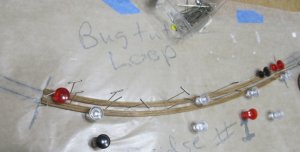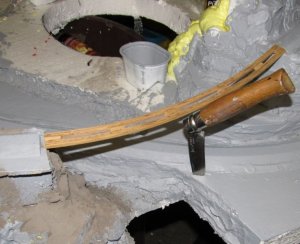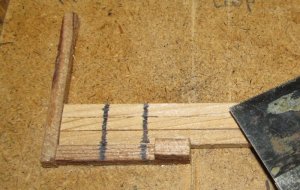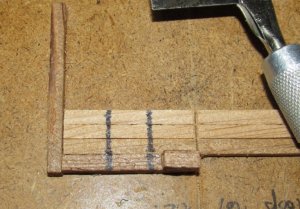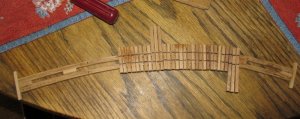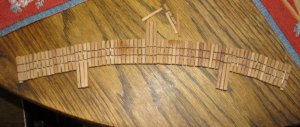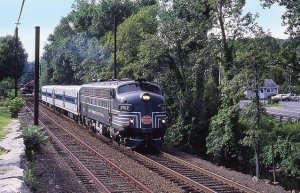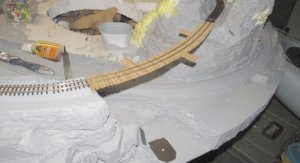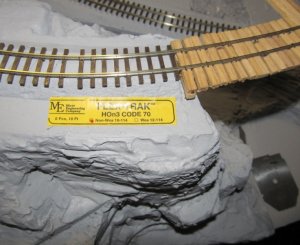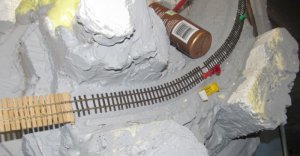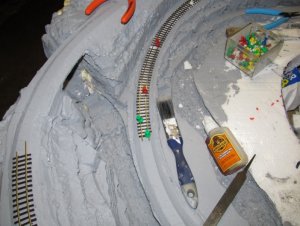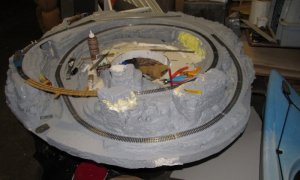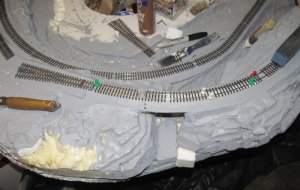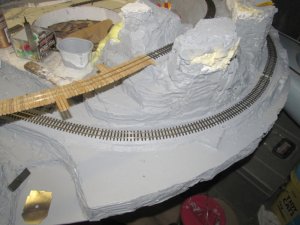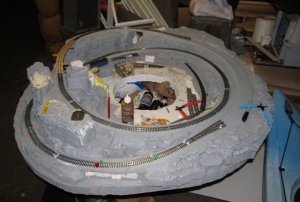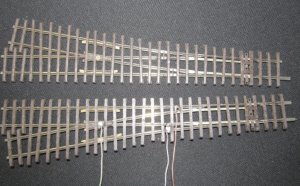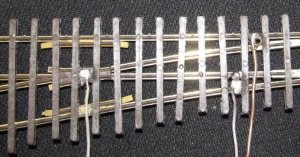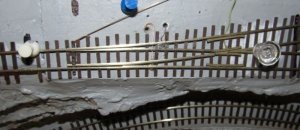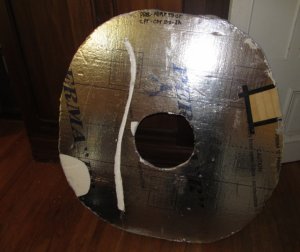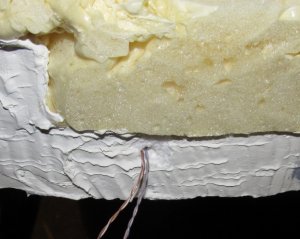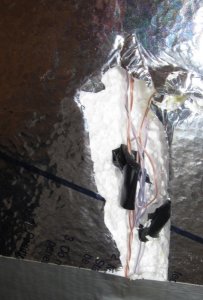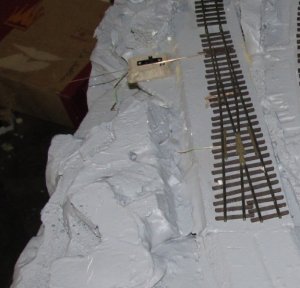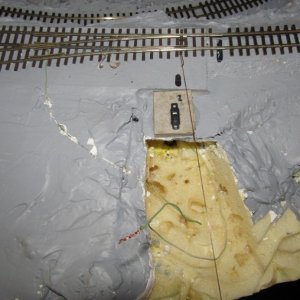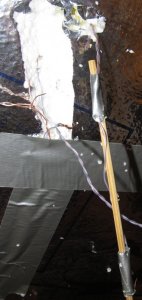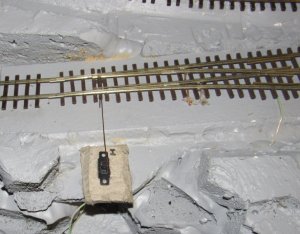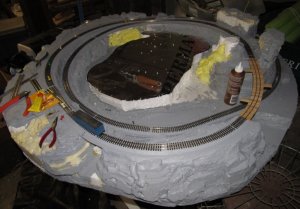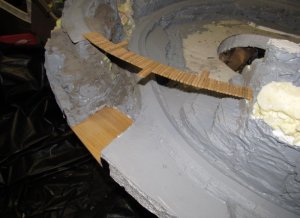
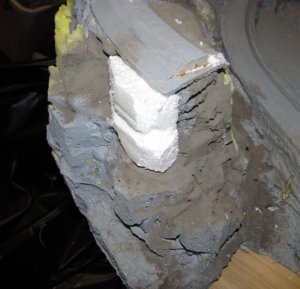
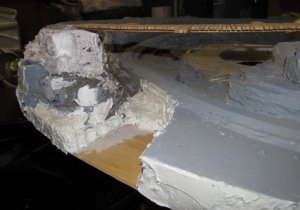 Time for more scenery work.
Time for more scenery work.
Ok,
I'm sure you are thinking, "But you are working fast and furious on the bridge deck.
Well let me introduce you to another of my bridge rules. The first was the bridge deck deserves a lot of attention, as it it isn't right, your bridge won't look realistic.
Rule number two comes from years of painful experience. it is Do basic scenery under and around the bridge before the bridge goes in place.
If you don't follow this rule then one of two, and possibly both things will happen. You may end up doing a substandard scenery job under the bridge for fear of getting plaster glue, paint, and whatnot (Watch out for the whatnot, that stuff is a mess) all over your bridge. Also if you are making a trestle, the bents need to make it to the ground. If you have the scenery in you can plan for foundations for the trestle bents, and make them just the right size to fit perfectly between the installed bridge deck and the existing scenery. it is much easier to build the bridge to fit the scene than the other way around.
A bridge will automatically make a focal point for a scene. Viewers eyes will be drawn to the space around the bridge. In this case this bridge will probably be the focal point for the whole small layout . The eye will be drawn to the bridge, and what is around it is going to get seen, so you want to make that area look good.
I really like the side of the bridge that has the rock pillars sticking up, but the other side looked a little skinny, so I cut a block of Styrofoam up to buff up the bluff. I carved the chunk of foam , and then I slathered it with the acrylic spaclking compound, like motor on a brick, and smushed it in palace.
Then I filled in the nooks and crannies on that point with the spaclking compound. when it dries I can carve it and knock off any thing I don't like, and I will be ready to paint it.
I also spliced in some thin plywood at the bottom of the creek, where I cut out too much foam. I notched the bottom side of the foam to let a little square of thin plywood in place, and glued the plywood in place with Gorilla glue , and slapped some Gorilla tape on to keep it in place while the glue dried.


